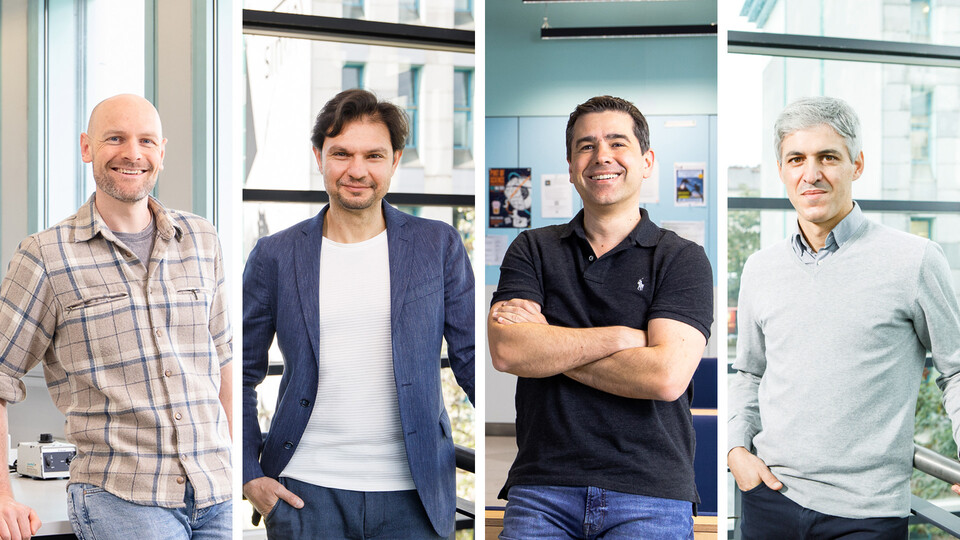
Erinc Hallacli’s project, entitled ‘Significance of RNA Processing Bodies in Parkinson’s Disease’, investigates a largely overlooked role of the PD-associated protein α-synuclein: its impact on mRNA regulation. While α-synuclein is best known for its effects on cell membranes, recent findings from the Hallacli lab reveal that it also interacts with P-bodies – small cellular compartments that process mRNAs post-transcriptionally. “In Parkinson’s disease, this interaction seems to malfunction, leading to the buildup of faulty or excessive mRNAs, which can stress or damage neurons”, Erinc explains. The project aims to understand how P-body-associated proteins influence mRNA dynamics in neurons, and whether manipulating α-synuclein produces similar effects. Using stem cell-derived brain cells and state-of-the-art RNA tracking techniques, the team hopes to uncover new insights into P-body dependent RNA regulation, with potential implications for the development of new therapeutics.
Pim Huis in 't Veld’s project ‘Protein-DNA transactions on anaphase DNA bridges’ explores how cells prevent dangerous DNA breaks during cell division. Sometimes, tiny DNA threads, known as anaphase bridges, form between chromosomes as they separate. If left unresolved, these fragile bridges can snap, leading to DNA damage and genome instability. Pim’s team will investigate how key proteins PICH, BLM, and TOP3A recognize and resolve these bridges. “By reconstituting this system in the lab and watching the process unfold inside living cells, we hope to uncover how these proteins interact with DNA and help cells to keep their genome intact – and what goes wrong in disease”, says Pim. Funded for four years, this work could also offer new insights into the cellular repair systems that cancer cells exploit to survive.
Martin Leeb has secured four years of funding for his project ‘Mechanisms of human pluripotency transitions’. The project investigates how the post-implantation human epiblast forms during the peri-implantation period, a key developmental phase in which embryonic stem cells shift from a naïve to a formative pluripotent state. “We aim to build a genetic blueprint of this developmental transition”, Martin explains. “Understanding it at a molecular level will not only fill the critical gaps in our knowledge of early human development but also improve stem cell-based models for biomedical research.” His team will map the gene regulatory networks driving this transition, offering insights into the human-specific mechanisms that shape early embryogenesis.
Joao Matos has received funding through the FWF’s 1000 Ideas program for his project ‘Do metabolic enzyme polymers preserve ageing oocytes?’ The project explores whether metabolic enzyme polymers – structures recently identified in yeast meiosis – could help maintain the health of oocytes in mammals. These cells undergo prolonged meiotic arrest in the ovary, often lasting for decades, yet their viability is essential for female fertility and the development of a healthy embryo. By studying how conserved enzymes such as ACSS1/2 and ALDH2 behave in mouse oocytes, the team aims to uncover mechanisms that protect these cells from age-related decline. “If enzyme polymerization helps oocytes stay metabolically prepared for the long haul, we may have a completely new way of thinking about fertility preservation”, Joao explains. The 1000 Ideas program supports high-risk, unconventional research with the potential to transform science by providing seed funding for forward-looking scientific ideas that challenge existing paradigms.